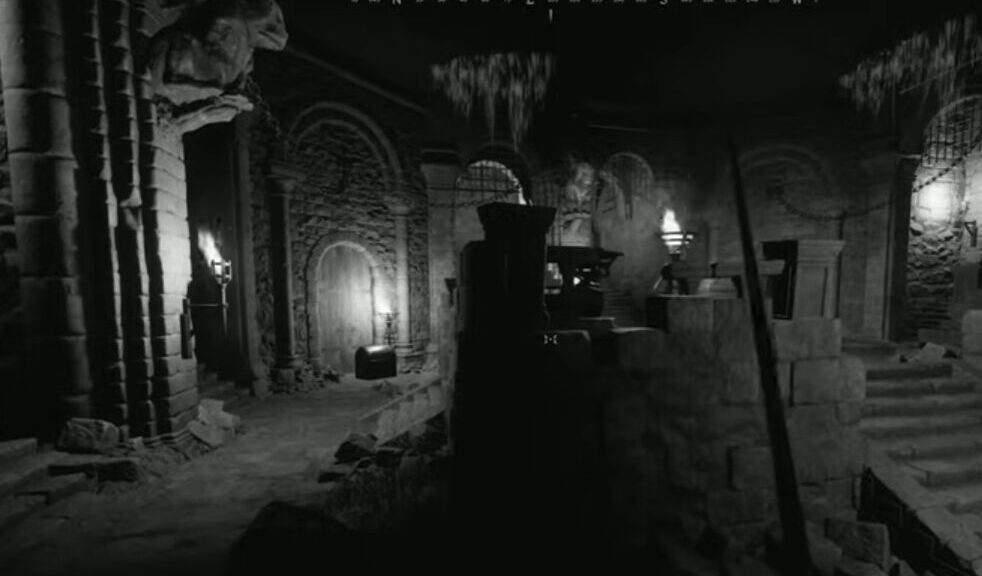The Dark and Darker experience takes a challenging turn for players inclined towards intense PvP engagements, especially with the unforgiving nature of the Advancement Points (AP) system. The struggle is evident—how can one venture into duos, emerge victorious by toppling teams and seizing their prized loot, only to witness a perplexing downturn in AP? This predicament raises questions about the intricacies of the system and leaves players wondering what might be amiss.
Many PvP enthusiasts find themselves in a conundrum, facing negative AP despite formidable performances in duos or solo encounters. The situation becomes even more perplexing when, as a Barbarian or Rogue, one navigates through multiple games with minimal deaths yet ends the evening with a considerable deficit in AP.
The dichotomy between playing aggressively and accumulating AP becomes evident in the experiences of players. While engaging in combat and securing victories over opponents leads to an unexpected dip in AP, a more cautious and PvE-focused approach yields modest gains ranging from 150 to 450 AP.
The advent of white lobbies has significantly altered the landscape, pushing High Roller (HR) mode from an occasional choice to a staggering 50% of games played. This shift is attributed to the prevalent issue of “Timmy stomping,” where highly skilled and well-geared players dominate lobbies, causing frustration among the broader player base.
The imposition of white lobbies compels players to embrace HR mode if they wish to utilize the gear they acquire, creating a stark choice between positive reinforcement for engaging in PvP and discouragement for eliminating opponents with minimal loot. The dilemma unfolds as the top 10% of players yearn for the return of PvP leaderboards and lobby wipes, while the remaining 90% express contentment with avoiding swift defeats at the hands of overpowering adversaries.
Recognizing the critical balance between catering to hardcore enthusiasts and accommodating a broader player base, it becomes apparent that the longevity and growth of Dark and Darker hinge on appealing to casual gamers. Drawing parallels with Tarkov, a genre leader with more casual-friendly mechanics despite its reputation for hardcore gameplay, reinforces the notion that catering to a wider audience is key to sustaining the game’s success.
A notable trend emerges as players devise creative solutions, such as creating PvP alts after achieving desired ranks on their mains. This strategic workaround allows them to safeguard their season rewards while mitigating the challenges posed by the existing AP system. The anticipation for an arena mode, acknowledged as a priority by the developers, reflects a collective desire to offer PvP enthusiasts an alternative outlet distinct from PvE-focused experiences.
In navigating the intricate realm of Dark and Darker, resolving the PvP progression woes remains a focal point for both players and developers. Striking a delicate balance between hardcore and casual elements is pivotal, ensuring that the game not only thrives but also continues to evolve to meet the diverse needs of its player community. Do you have any constructive suggestions for this? Work with MMOexp.com for the development of DND, stabilize the price market of Dark and Darker Gold and enjoy the game.


